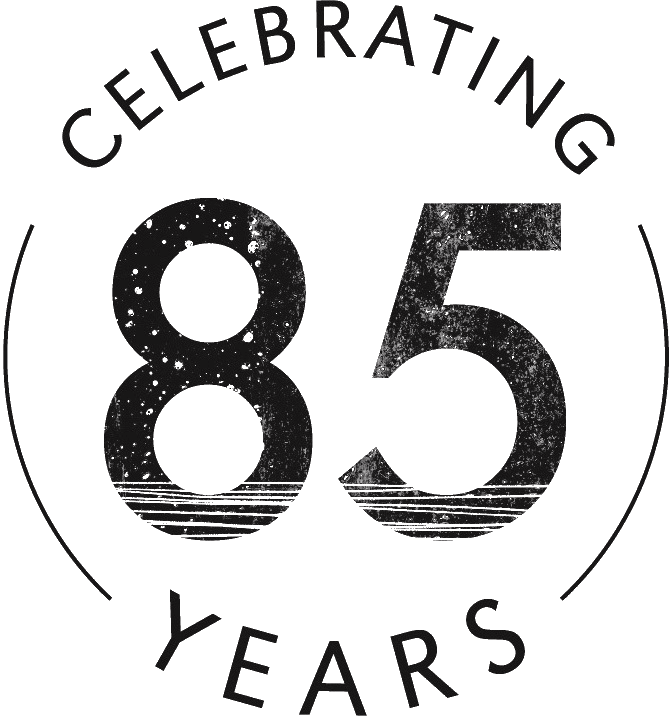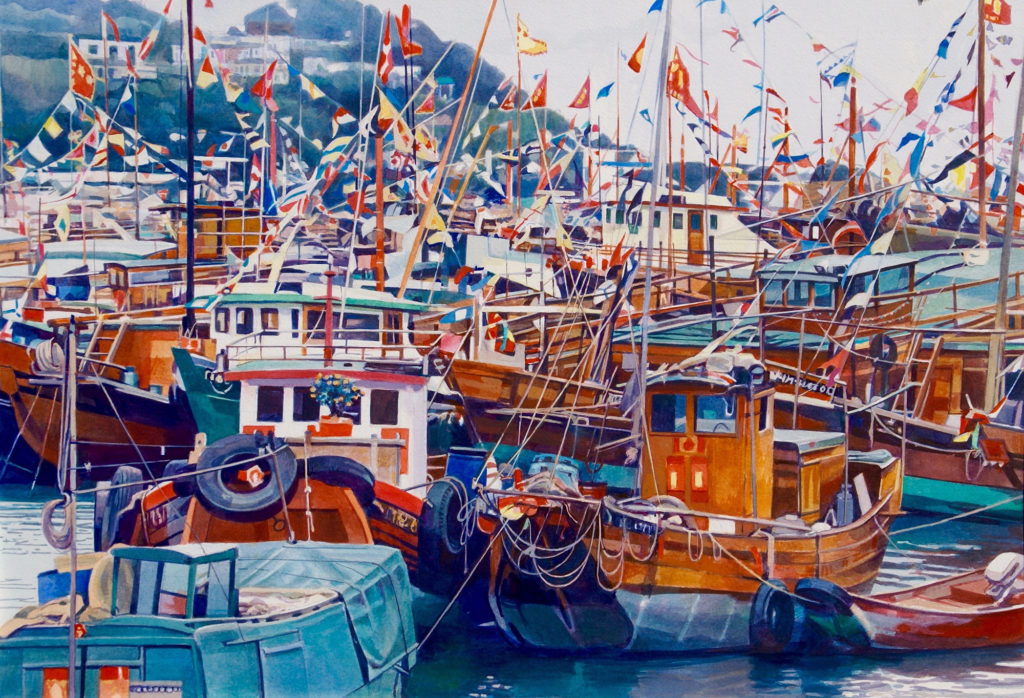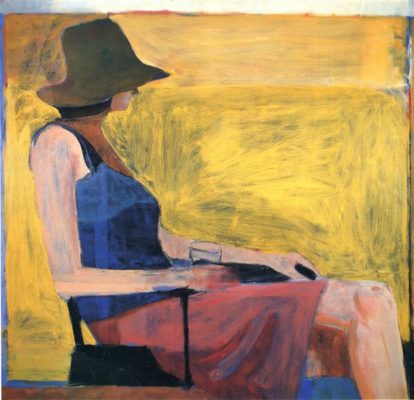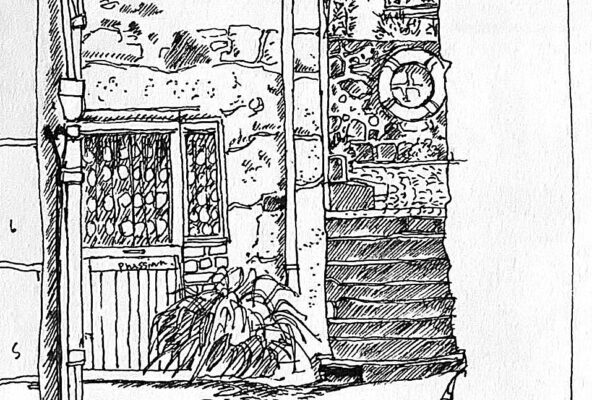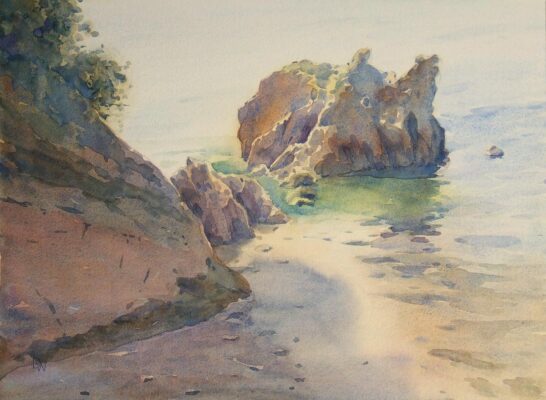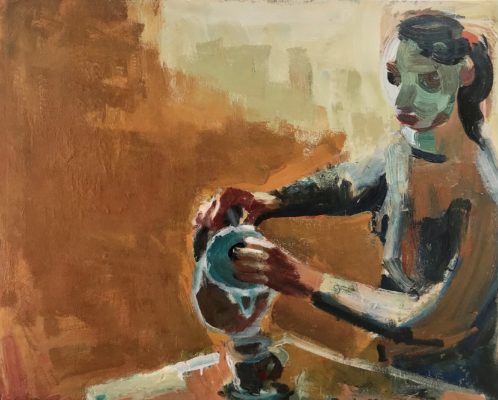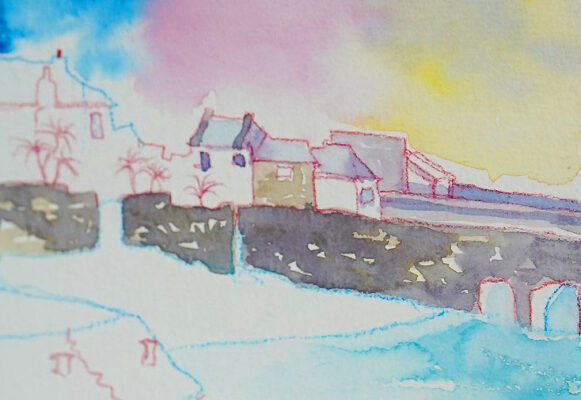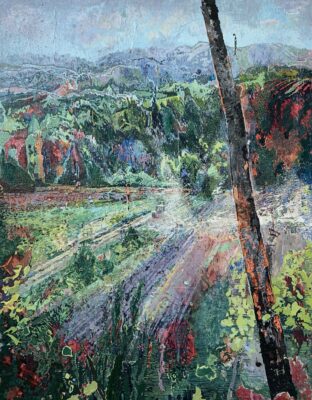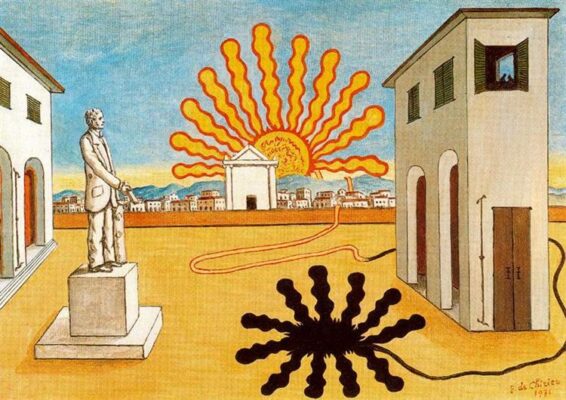Course details
Join David Paskett, former president of the Royal Watercolour Society to learn unconventional and liberating approaches to breaking the ‘rules’ of watercolour and discover a new way to enjoy this medium.
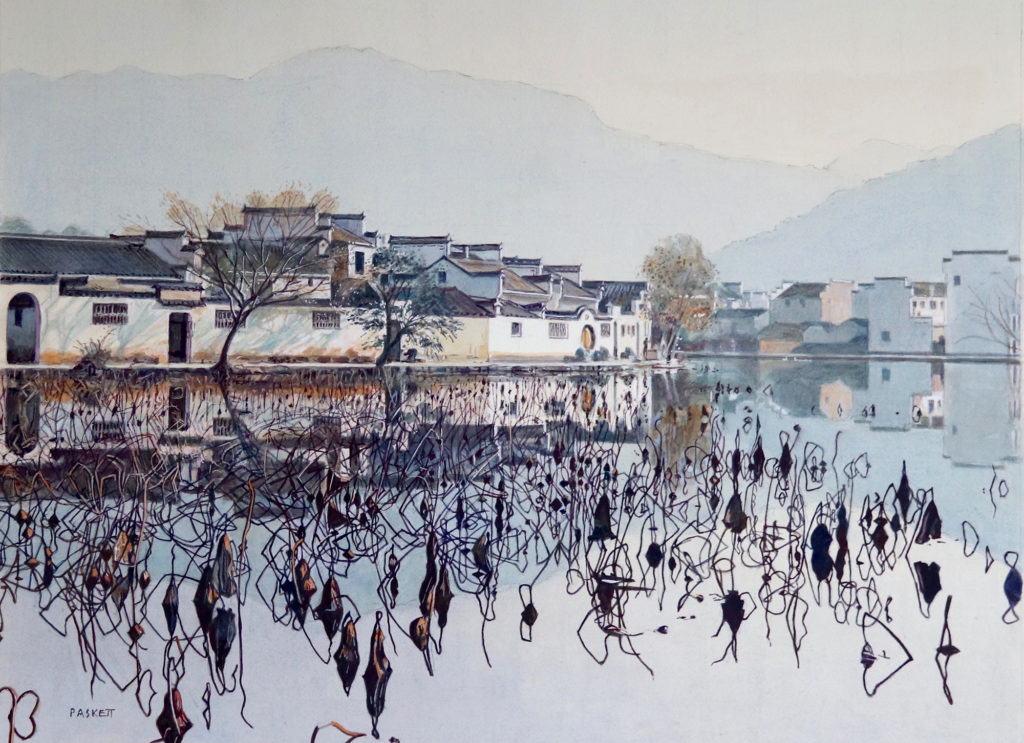
This three day course will help you break out of the constraints of watercolour. Inspired by the harbour of St Ives, we will look at the shapes and architecture, the boats but also the objects found around the iconic St Ives harbourfront. We will also refer to the famous St Ives modernist painters who mixed still life, landscape and figures, blurring distinctions between ‘abstract’ and ‘figurative’.
Looking at ways of using watercolour more as you would gouache or acrylic, learn to make your painting opaque as well as work on tinted papers. This creates more room to correct mistakes but also creates quite a different effect. The planning for the painting is important and David will show you how to not only capture ideas through quick and energetic drawings but then also how to meticulously plan before leaping into your painting.
Learning to develop this considered stage will help you achieve a much more satisfying final piece and enable you to work with watercolour with much more confidence.
Day to day plan
This is a rough indication of what to expect over the course. However sometimes the structure of the days may alter depending on the nature of the group and weather.
Day 1
Line and composition.
We will go out on location in the harbour, a five minute walk from the studio. Making uncomplicated small drawings search for varied shapes to inform larger and more complex compositions back in the studio. Using line, collage, cutting and ripping, while referring to the work of Ben Nicholson, we will mix still life with landscape.
Day 2
Tone, shadow, dark and light.
In the morning we will spend some time outside at the harbour painting and drawing tonal contrasts with a limited palette. Back in the studio David will lead you through the simplifying process of transparent watercolour painting in layers from monochrome to colour. Stretch paper in preparation for third day.
Day 3
Colour
Using ideas gathered over the last two days, create a piece working on tinted papers to capture the iconic whitewashed buildings of St Ives in a different way to the conventional transparent approach to watercolour. David will share his enjoyment of mixing greys with watercolour and opaque white without using black and his fascination with the personalities of in inanimate objects with reference to Giorgio Moran.
What will I learn?
- How to mix colour accurately in particular how to work with greys to create light and space
- Effective ways to combine working in larger areas with detailed work
- How to tackle water, bright light and shadows as well as figures in a painting
- How to create a strong composition by learning from the masters
- An appreciation of drawing as a way of seeing. Valuing the companionship of a sketchbook.
Who would this course suit?
If you are new to watercolour as well as those who might have used watercolour before but are interested in new approaches. Ideal if you want to use the water based techniques but struggle with its limitations. You will need to be be able to walk a short distance to the harbour and spend time outdoors.
Taught by
What to Bring
Our studios are fully equipped and we provide you with all the materials you need for your course. However, if you have a favourite set of brushes or any specialist materials that you would prefer to use, please bring them with you.
Timings and Breaks
The first day starts at 10am and finishes at 4.30pm, please aim to arrive ten to fifteen minutes before the start time.
All course days after that start at 9.30am and finish at 4pm and there will be an hour for lunch. There are plenty of nearby places to eat and we will serve tea and coffee at break times during the day.
What our students say
I enjoyed this course, nice friendly atmosphere in the studio and the tutoring was inspiring.
David was a delightful and interesting man and his planned approach was thoughtful and led to us producing some interesting personal results based on familiar local features.
FAQs
Studio Courses
How can I get help in choosing a course?
Our friendly expert staff are always happy to discuss your needs and our courses in more detail to help you with your decision. Please call us on 01736 797180
How do I get my work home?
Tutors have special techniques for transporting oil paintings and the school has plastic folders available in our shop for £3.50 or do bring a portfolio.
For international students we are happy to arrange transportation of your work back home.
What do I need to bring?
Absolutely nothing! All materials and aprons are provided although some people do like to bring their own set of brushes.
What do I do for lunch?
Courses allow an hour’s break for lunch and there are numerous places nearby or you are welcome to bring a packed lunch into the studio.
What times do courses run?
Most of our courses start at 10am and end at 4.30pm on the first day. Subsequent days we start at 9.30am ending at 4pm.
Weekend Courses run 10am – 4pm on the first day but the final day starts at 9.30 and ends at 3.30 with a short lunch break to enable people to get home that evening.
Do you have to be experienced to come to the School?
The School is a very friendly and welcoming place for all ages and experience. Our drop-in life classes and August half-day workshops are ideal for those wanting to have a go for the first time. Most of our longer courses are also fine for novices.
If any of the courses do need a bit of experience we flag this up in the brochure and on the website.
Booking a Course
How can I reserve a place?
We will hold a provisional reservation for 24 hours if you give us a call whilst you find accommodation. Otherwise please book online or by telephone 01736 797180.
You can reserve a place with a £100 deposit; balance is due 12 weeks before course start date.
About St Ives
Where do I park?
The nearest long stay public car parks are the Island and Barnoon Long Stay Car Park, both a 5 minute walk away. In the peak summer months it may be easier to park at Trenwith Car Park by the leisure centre and walk down into town. If you don’t fancy the walk up the hill at the end of the day there is a shuttle bus which runs from outside the cinema.
How do I get there?
Public Transport: If you are coming from further afield the main train line runs into St Erth which is a 15 min taxi ride away or you can take the St Ives Bay Line which runs approx. every 30 minutes. The School is a 10 minute walk from St Ives station.
Driving: M5 will take you to Exeter where we recommend that you take the A30 across Bodmin Moor and into Cornwall. After passing Hayle, leave the A30 at St Erth roundabout for St Ives. Turn right at the second roundabout. This road will take you through Lelant and Carbis Bay into St Ives.
Where can I stay?
St Ives has a huge selection of hotels, guest houses and self catering accommodation to choose from. Please browse the art holidays St Ives section on our website and give us a call if you would like any help.
